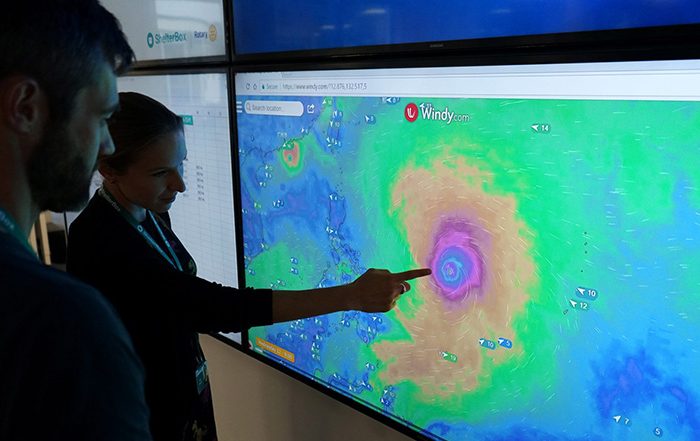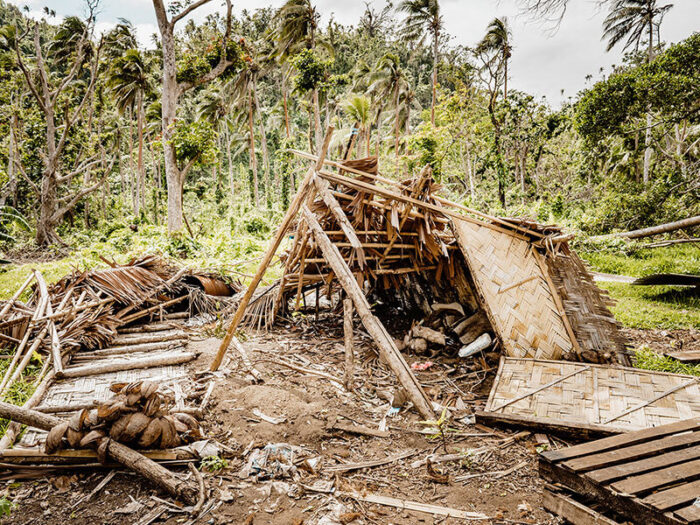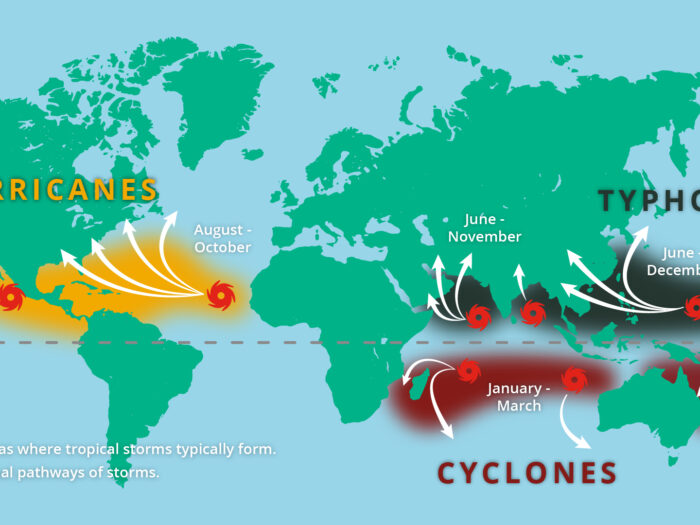
Monitoring storms and hurricanes
See how we monitor and track hurricanes, cyclones and typhoons.
Every year, communities are devastated as hurricanes, tropical storms, cyclones and typhoons make landfall.
But as climate change intensifies, these storms are creating even more destruction. In fact, in the next 20 years, more than 200 million people will be uprooted by extreme storms.
We will continue helping people on the frontline of climate change as long as it’s needed. Join us.

Did you know that every year 21 names are chosen in advance to be used for extreme weather events like hurricanes?
And did you know that in 2020 and 2021, there were so many extreme storms that the full list of names was used up? There is only one other time in history when that has happened. And while there were less storms in 2022, they were some of the most devastating in terms of loss of life and cost of damage.
Scientists have predicted for years that the climate crisis would make extreme weather events more frequent and more devastating. Now, around the world, the communities we support are facing this reality head on.
Read more

What’s the difference?
Hurricanes, typhoons and cyclones are all tropical storms. The only difference is where they form.
Hurricanes form in the tropical Atlantic and the Eastern Pacific Ocean. Typhoons form in the West Pacific Ocean and cyclones form south of the equator, off the coast of places such as Australia and Madagascar.
Learn more about hurricanes, cyclones and typhoons.
Learn more